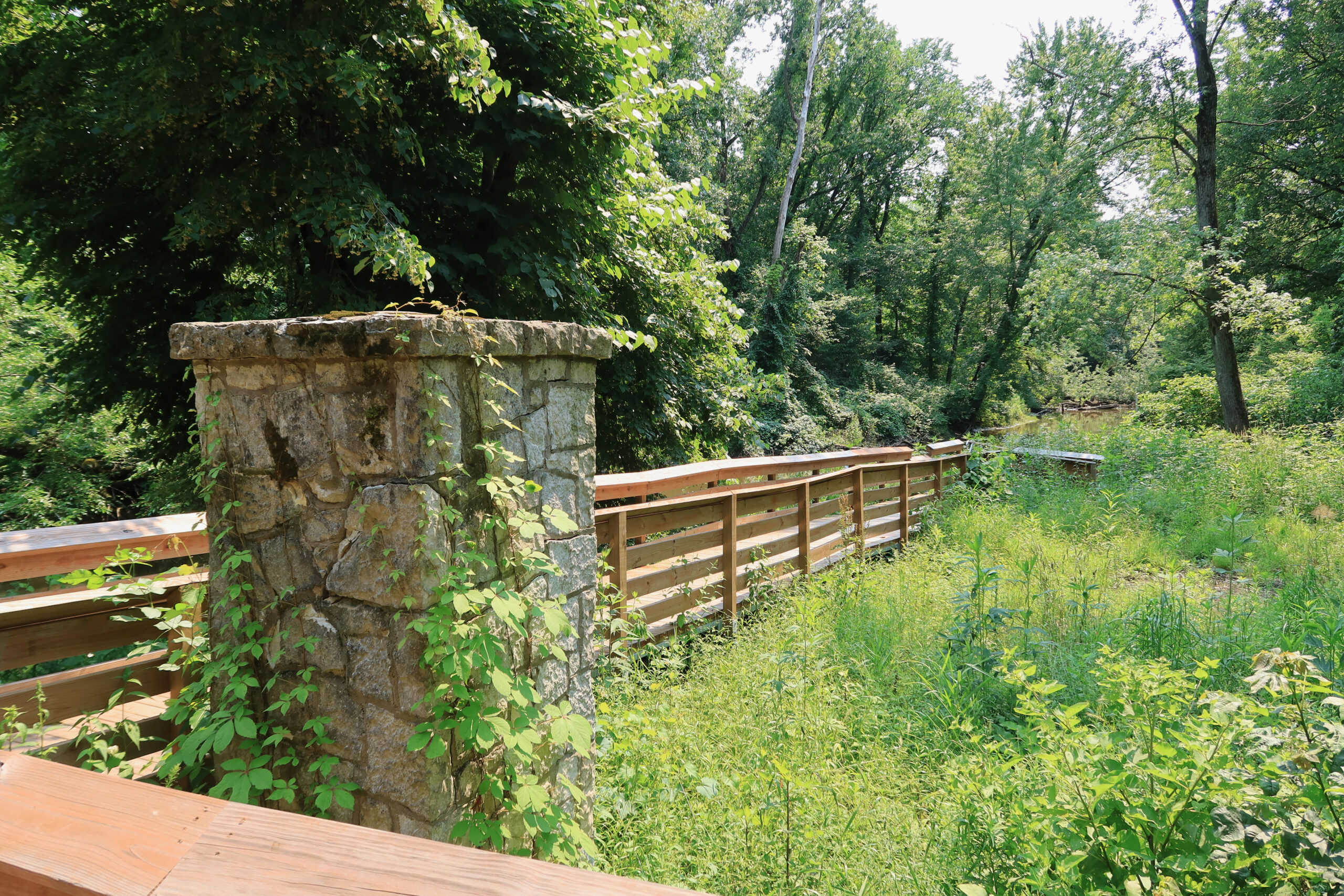I have a special affinity for forms (kata, hyung, etc.), and many times I find myself running through forms in my mind. Visualizing your form in your mind and going through each motion can be very beneficial and I highly recommend everyone try this with all your forms. However, visualization can only go so far; you eventually need to physically practice to match your mind with your body.
This can be tough for those of us who are attached to a desk 8 hours a day, with limited office space that prevent us from performing the entire form. There is also the prospect of coworkers seeing you and, at best, giving you a raised eyebrow and perhaps a wide berth, or at worst, mocking and even ridiculing your practice. For those who would rather practice discretely and/or want to utilize their surroundings to their fullest, here are a few ways for you to practice your forms.
1) Forms in your chair – this one is fairly simple, but maybe not immediately obvious to do. We are so used to doing forms on our feet that we rarely contemplate how it can be executed while we are sitting down. It doesn’t have to be done at full speed or power, but with as full range of motion as possible. Obviously while sitting our lower body won’t be as engaged, but you can still mime the steps as you go through the form. As a bonus, if your cubicle walls are high enough your coworkers will be none the wiser that you were even practicing!
2) Forms in place – if you have enough room to make full stances in your office space, but not enough in order to create the entire pattern, then you can do the form in one spot. The focus for this type of practice will be on ensuring your stances and your techniques are performed to their fullest, while sacrificing the actual steps and transitions between each count/move. This way can be more familiar to how your practice forms in the dojang, but will also increase visibility to other coworkers in the workspace. I would often find myself practicing while heating up my lunch near the microwave, or even waiting for a carpool for lunch, often with very limited space.
3) If you find yourself at home or perhaps at a hotel room with limited space, you can still practice your forms utilizing the walls. Specifically for Naihanchi, which is a very linear form, you can place your back against the wall and use it as a guide to keep your pattern straight. Other hyung which have 90 or even 180 degree turns, you can use the flatness of the walls to your advantage as a training aid to improve your forms and footwork. These are just a couple examples, but look at your surroundings and see not how they get in your way, but how you can utilize them to your advantage.
4) For more advanced students, we get to start practicing with weapon forms (staff, sword, etc.). But these are often, a) too large/bulky to wield indoors (or discouraged from the workplace), b) take too long to assemble/disassemble conveniently, or c) too visible and could cause concern from surrounding passerby/coworkers. So how can we practice our weapon forms when there are some many impediments to do so? As in point 3 above, use your surroundings! Even such objects as innocuous as a pencil or a ruler can be used as a substitute and not arouse too much suspicion. The necessary component your substitute practice weapon needs is that it will emulate the grip as accurately as possible so that you can translate the technique 1-to-1 to the full size weapon. Then you can utilize points #1-3 to practice your weapon forms.
In summary, don’t be constrained by your surroundings, but instead see how they can enhance your training. The techniques in forms are meant to be used in the real world, so feel free to experiment and find your own way to train wherever you find yourself. As an instructor once told me, “The most important form you can do is the one you are currently doing.”




